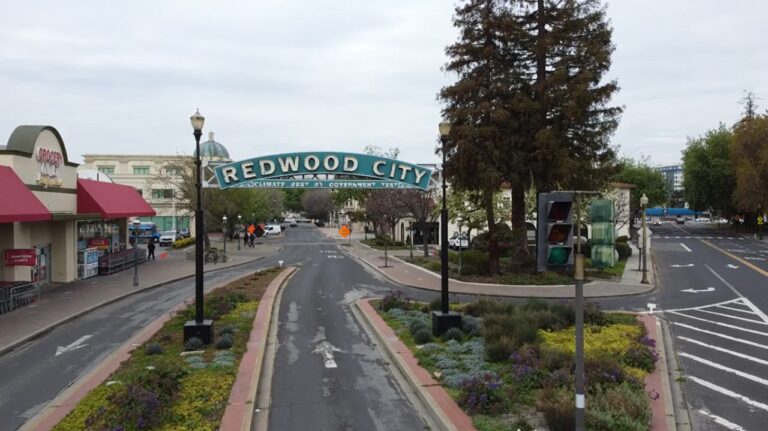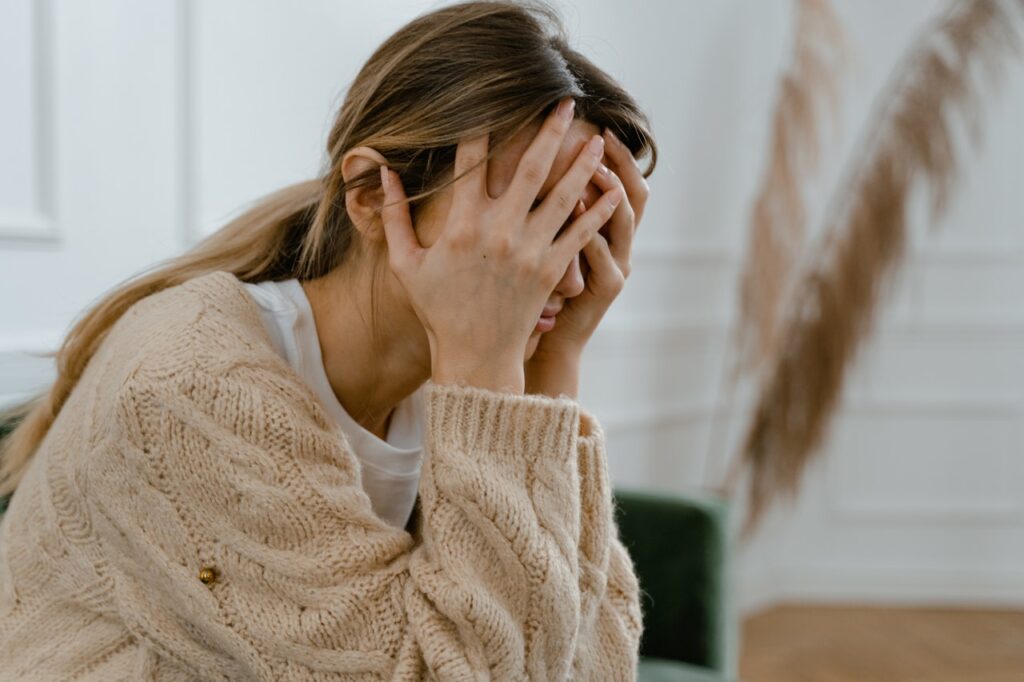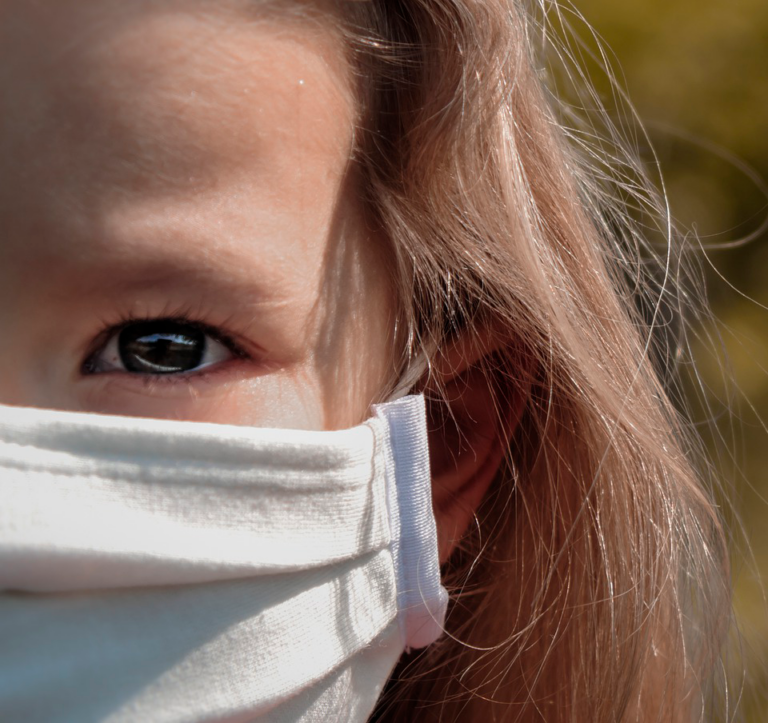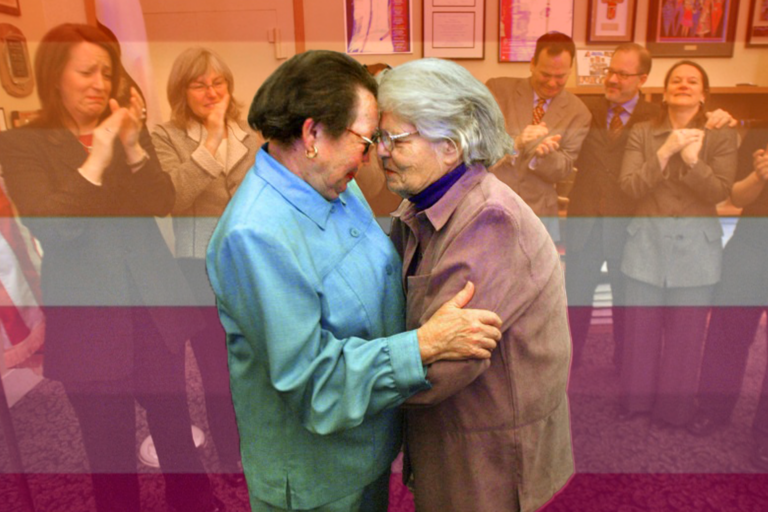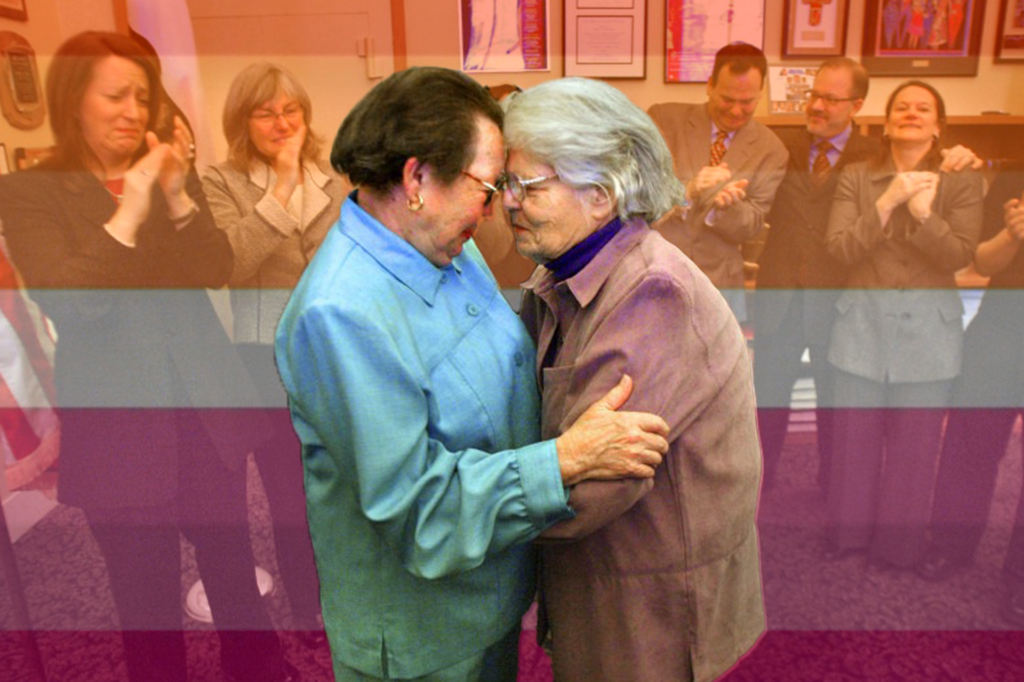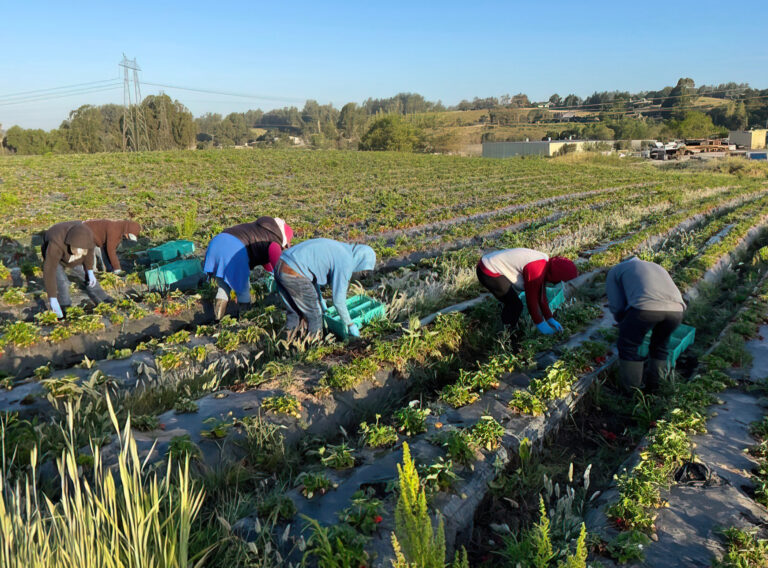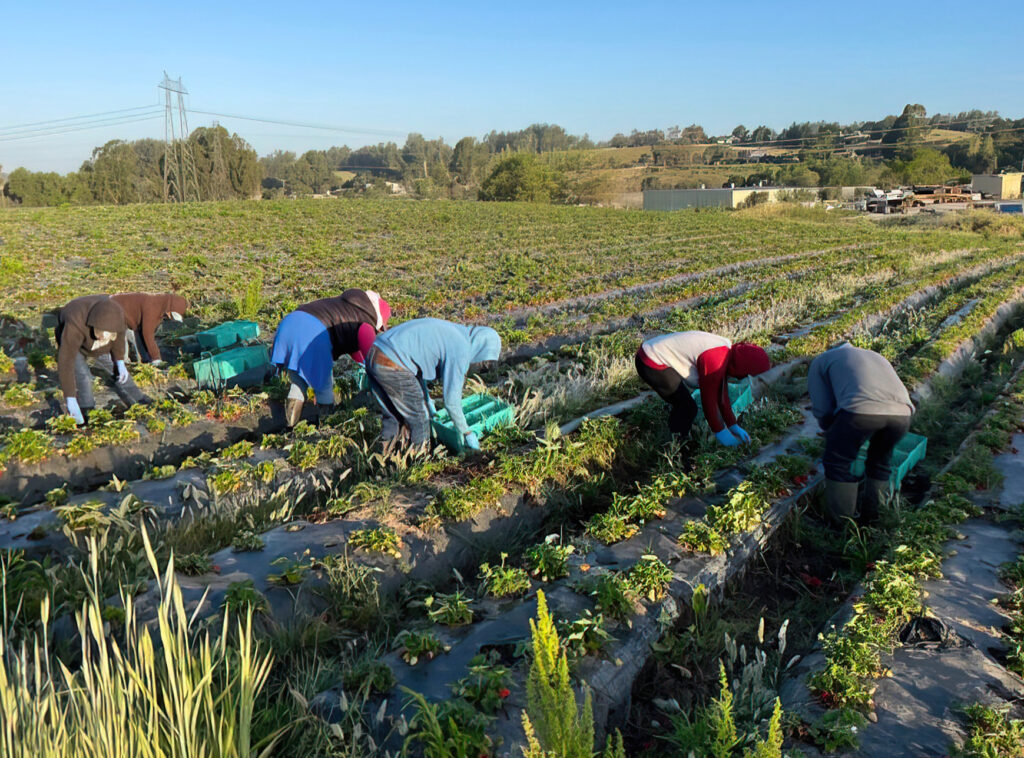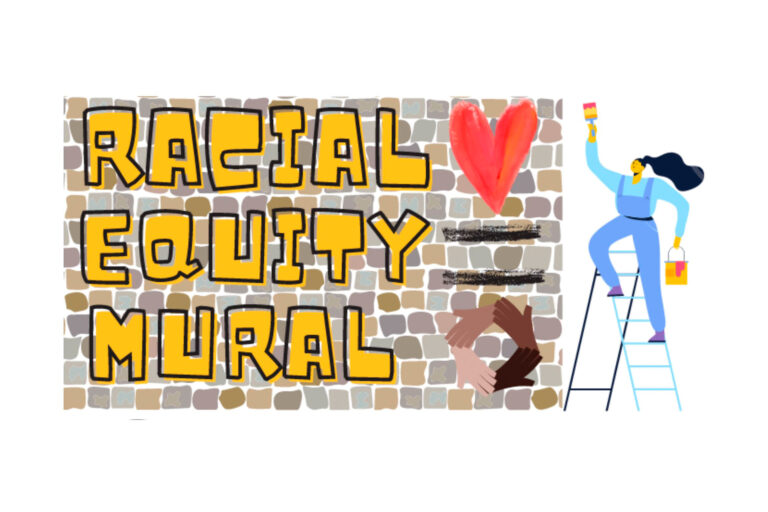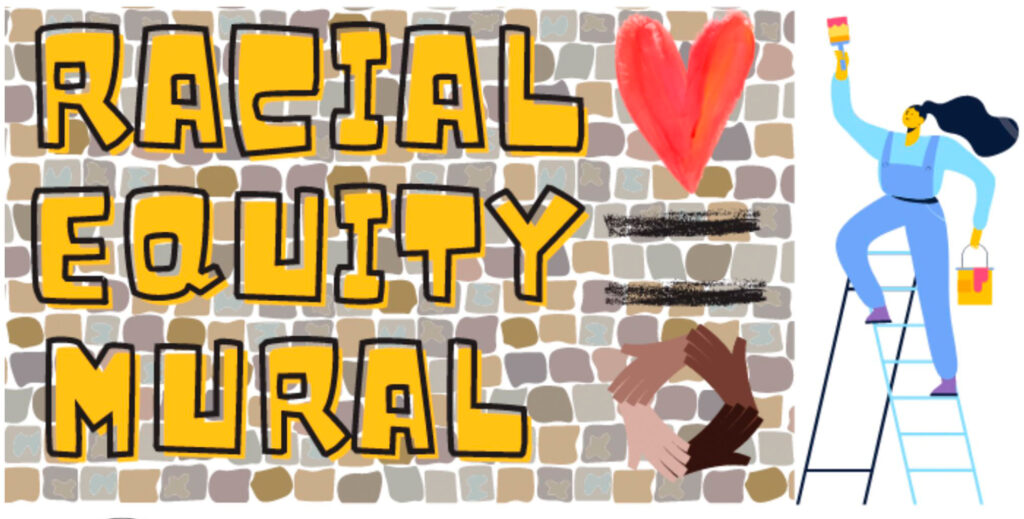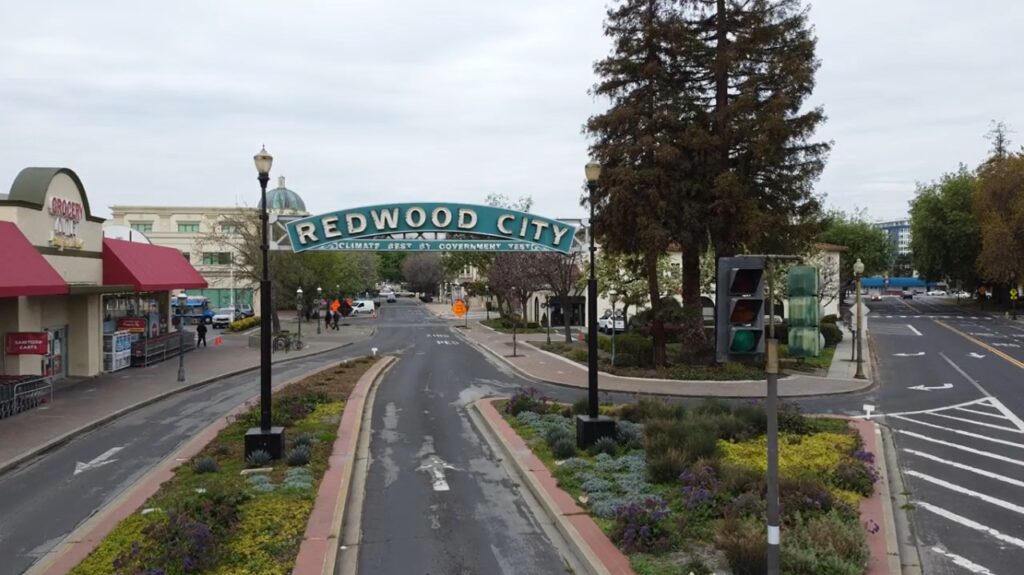
La semana culmina y en esta última semana de abril estas son las noticias locales de Redwood City que debes conocer del 25 al 29 de abril.
Aproximadamente 5 mil enfermeras en Stanford Health Care y Lucile Packard Children’s Hospital en Stanford se declararon en huelga el lunes por la mañana. Los funcionarios sindicales dijeron que el 93 por ciento de las enfermeras elegibles votaron para autorizar la huelga.
Las enfermeras notificaron a sus hospitales su intención de hacer huelga el 13 de abril, dijeron los funcionarios sindicales, luego de que la gerencia de Stanford «no logró negociar de manera justa las propuestas del sindicato para abordar la escasez de personal, crear carreras de enfermería sostenibles y apoyar la atención de pacientes de clase mundial». Los contratos laborales de las enfermeras expiraron el 31 de marzo.
‒0‒
Residentes del Área de la Bahía con medicamentos recetados sin usar en casa pueden deshacerse de ellos de manera segura en el departamento de policía local y en otros lugares este sábado durante el Día Nacional de Devolución de Medicamentos Recetados.
El evento, organizado en asociación con la Agencia de Control de Drogas de EE. UU. ‒DEA, por sus siglas en inglés‒, ayuda a mantener las sustancias químicas nocivas fuera de los sistemas de agua locales y fuera del alcance de cualquier persona que pueda consumir accidental o intencionalmente la medicina de otra persona, un problema que se ha vuelto particularmente importante debido a la epidemia de opiáceos.
‒0‒
Un peatón falleció luego de ser atropellado por un automóvil la madrugada del lunes en East Palo Alto, dijo la policía. La colisión se informó alrededor de las 5:09 h en East Bayshore Road en Oakwood Drive.
El hombre vestía ropa oscura y empujaba un carrito de compras en el carril de tráfico hacia el sur cuando fue atropellado por un auto que iba en la misma dirección, según un comunicado de prensa de la policía. El nombre de la víctima no fue revelado pues se espera la notificación de los familiares.
‒0‒
Por decisión unánime, la junta directiva de «Twitter» aceptó vender a Elon Musk la red social por un acuerdo valorado en 44 mil millones de dólares, según la compañía, que anunció la transacción el lunes.
Musk comprará la empresa con sede en San Francisco por 54.20 dólares por acción ordinaria, por lo que se convertirá en una empresa privada tras el acuerdo que se espera culmine este año.
Por su parte, Musk detalló a través de un comunicado que «la libertad de expresión es la base de una democracia funcional, y Twitter es la plaza pública digital donde se debaten asuntos vitales para el futuro de la humanidad. Agregó que habrá mejoras en la red y se agregarán nuevas funciones.
‒0‒
Funcionarios de la ciudad de San Francisco lanzaron un programa de subvenciones por 11.4 millones de dólares para ayudar a las pequeñas empresas y organizaciones sin fines de lucro a recuperarse de la pandemia.
Según un comunicado de prensa de la oficina del alcalde London Breed, el objetivo del programa es ayudar a estabilizar y hacer crecer a las pequeñas empresas y organizaciones sin fines de lucro en dificultades con subvenciones para capacitar y establecer empresarios nuevos y existentes, desarrollar nueva programación, organizar festivales y eventos, reclutar nuevos negocios y ofrecer asistencia técnica a las pequeñas empresas.
‒0‒
Después de más de dos años de reuniones virtuales, la Junta de Supervisores del Condado de San Mateo volverá a las reuniones presenciales en mayo, anunció el condado el martes.
La próxima reunión, el 3 de mayo, tendrá lugar en las cámaras de la junta, ubicadas en el 400 de County Center, Redwood City. Pero la reunión aún se transmitirá virtualmente y algunos supervisores seguirán asistiendo de forma remota.
Habrá capacidad limitada en las cámaras de la junta y los asientos estarán espaciados para permitir el distanciamiento social. Las personas también podrán ver las reuniones en el vestíbulo fuera de las cámaras de la junta y se recomienda encarecidamente el uso de mascarillas dentro de las cámaras, pero no es obligatorio, independientemente del estado de vacunación.
‒0‒
Detectives del alguacil del condado de San Mateo arrestaron a un hombre de Half Moon Bay de 25 años bajo sospecha de violentar sexualmente a una menor.
César Gómez Pérez fue arrestado el martes bajo sospecha de tres delitos: violación de un menor de 14 años, encuentro con un menor para actos sexuales y sexo con un menor.
El arresto culmina una investigación iniciada en octubre de 2021 después de que los detectives recibieron un informe de agresión sexual a un menor, según un comunicado de prensa emitido el miércoles por la Oficina del Sheriff del Condado de San Mateo.
Durante la investigación, los detectives identificaron a Gómez Pérez como el sospechoso y se enteraron de otro menor que tuvo relaciones sexuales con el detenido en un incidente separado. Con base en la evidencia, a los investigadores les preocupa que pueda haber otras víctimas.
‒0‒
Detectives del Equipo de Supresión de Delitos Callejeros del Departamento de Policía de Redwood City arrestaron a Matthew Hendrysiegfried, residente de Union City, en la cuadra 400 de Veterans Boulevard, luego de que tras una revisión en su persona y vehículo se encontró una cantidad significativa de fentanilo, heroína, metanfetamina y evidencia de venta de drogas, por lo que fue fichado en la Cárcel del condado de San Mateo.
‒0‒
Policías de San Mateo arrestaron este jueves a Jesús Acosta Pasos, de 28 años, del condado de San Mateo, y Julie Kennelly, de 43, de Half Moon Bay, ambos bajo sospecha de recibir un vehículo robado y posesión de metanfetamina.
Acosta Pasos también fue arrestado bajo sospecha de posesión de herramientas de robo y resistencia, retraso y obstrucción a un oficial.
El arrestó se dio luego de que el jueves a la 13:07 h, oficiales del Departamento de Policía de San Mateo respondieron a un reporte por vehículo robado cerca del Centro Comercial Bridgepointe, donde encontraron a Kennelly dentro del vehículo y a Acosta dentro de una de las tiendas del centro comercial.
With information from Bay City News.
You may be interested in: Rains destroyed 80% of the Bay Area's first strawberry crop of the season

